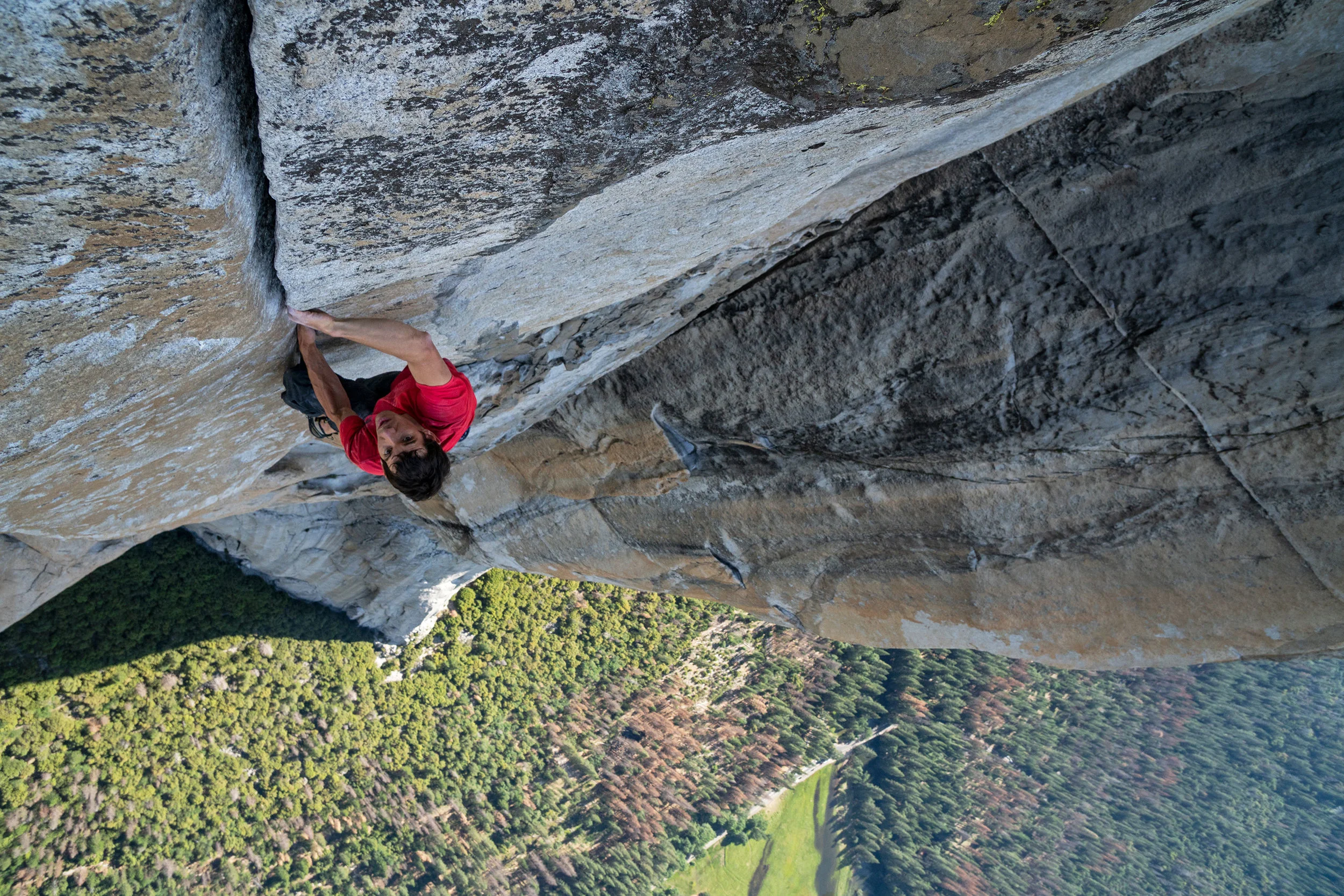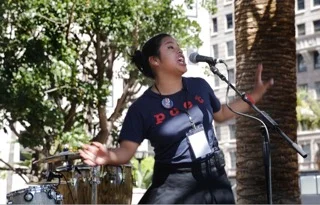Relationships
Most have to work to master the skills,
Of nurturing with care and communication,
The coming together of two people’s lives,
Deep fulfillment for life’s foundation.
© Forrest W. Heaton 23 October 2019
With many in our nation and perhaps in our families and friends experiencing increased stress about our future—unprecedented, constant stress feeding disunity and fragmentation of relationships, it seems to us the topic bears discussion, celebration where relationships are working, and work where they are not. Often when working through complicated issues, I try poetry to see if it can help clarify thoughts where prose might be less effective. Above is my effort on this topic.
Relationships matter because of how deeply ingrained are the needs for human connection, affirmation, love, care, stimulation, protection. Not finding these often promotes anxiety, isolation. Isn’t it rewarding when we receive helpful guidance on these skills from parents, pastors, teachers, psychiatrists, psychologists, physicians, counselors, support groups, etc.
Our purpose in writing this is two-fold. First, as mentioned, nurturing relationships seems to be a universal and timely need. Second, my Mary was in Massachusetts 26 October speaking at the Memorial Service of one of her closest friends, Bonnie Stropp, who died suddenly on 6 October. Mary is good at developing life-long relationships. So was Bonnie. They met as neighbors in Summit, NJ when their kids were small and raised their kids together. They didn’t lose track of each other (there’s a lot of work in that right there.) It turns out that on one particular Mother’s Day, the two of them as well as another neighbor, Marion Krupka, feeling that their husbands/kids were not giving them the Mother’s Day attention they felt they deserved, decided to go, the three of them, to Cape Cod and properly celebrate Mother’s Day. They did so. And, they followed up with doing so for another thirty-six years!
On learning this story around the time Mary & I were married in December 2000, I congratulated them for their inventiveness (not to mention their perseverance), named them the “Cape Cod Girls” and wrote a song for them by the same title. The men were eventually invited to come after the girls’ days of Cape Codding together. Each year we sang the song in celebration.
Yes, it hurts to the core when you lose a friend who is this deep in your heart. But, yes, it is one of life’s greatest gifts to have relationships like these and they deserve celebration and long memory. This write-up, then, is part of that celebration and memory. Nice going Bonnie, Marion and Mary! Nice going Cape Cod Girls! We Love You So!

























